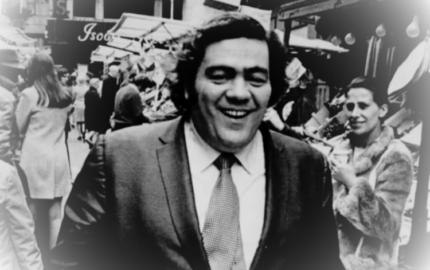There are two main characters in this series: first, the illness itself, which ravaged Norfolk and Plymouth, Va., in 1855. It killed one out of three people in the communities it reached. Its effects form a summary narrative of the devastation. This narrative functions in part as a sort of sociological study of the impact of deadly disease on a community.
The second main character is the Reverend George Armstrong, who tends to many of the ill. Beginning in section seven the thread following Armstrong comes to the fore: The lens focuses in more closely as Armstrong visits particular homes, gives sermons. Such scenes make concrete the horror of the epidemic. (What a gift to have such a wealth of historical detail.) The Armstrong thread is engaging and informative.
We grew a bit weary of the summary narrative. We also kept wondering about the nature of the disease: Was it a virus? A bacteria? How was it spread? Wagner answers these questions at the end of the piece, and we can guess why he waited: to replicate the experience of people at the time. But we think we would have experienced the horror of the disease just as vividly—and not felt left in the dark—if we'd been able to read a sidebar explaining more of the current understanding of yellow fever.
Read “The Fever”
The second main character is the Reverend George Armstrong, who tends to many of the ill. Beginning in section seven the thread following Armstrong comes to the fore: The lens focuses in more closely as Armstrong visits particular homes, gives sermons. Such scenes make concrete the horror of the epidemic. (What a gift to have such a wealth of historical detail.) The Armstrong thread is engaging and informative.
We grew a bit weary of the summary narrative. We also kept wondering about the nature of the disease: Was it a virus? A bacteria? How was it spread? Wagner answers these questions at the end of the piece, and we can guess why he waited: to replicate the experience of people at the time. But we think we would have experienced the horror of the disease just as vividly—and not felt left in the dark—if we'd been able to read a sidebar explaining more of the current understanding of yellow fever.
Read “The Fever”


